If there is one type of lens that many photographers look for in a good street photography camera or any compact camera body is a good pancake lens. And while Nikon is not known for producing many ‘pancake’ style lenses, they did have a couple of winners. One of these lenses is the Nikkor 50mm f/1.8, a real winner. In contrast, there have been many versions of this lens, including a long-nose version, the 50mm f/1.8 is a solid performer for the smaller form-factor camera bodies (think FM, FE) and while it may look like a Series E, it is all Nikkor.
Lens Specifications
Make: Nippon Kōgaku K.K.
Model: AI-S Nikkor 50mm 1:1.8
Focal Length: 50mm
Focal Range: ∞ – 0.6 m
Aperture: f/1.8 – f/22, 7 Blades
Structure: 6 Elements in 5 Groups

Nikon D750 – AI-S Nikkor 50mm 1:1.8
Build Quality
If you’re looking for a lens that has a heft and weight to it, then the Nikkor 50/1.8 is not your lens. It’s small, compact, and works well on a small camera. While it works well on my D750, it works best on the FM or FE (FM2(n), FE2, FM3a, FA). With all-metal construction from end-to-end, the lens has a robust build quality but does not add too much front weight to the camera. Despite the short nature, the lens is well laid out, with good size on the focus ring and nicely textured. Focusing is smooth and quick from end-to-end, and the aperture ring operates with some excellent clicks between the stops. The front element is close to the front of the lens, so there is a danger of flare, but I’ve never seen it too bad, but a hood will fix any trouble. While I wouldn’t purposefully drop the lens, I’m sure it could easily take a small drop or a hit and avoid any significant damage or loss of quality.
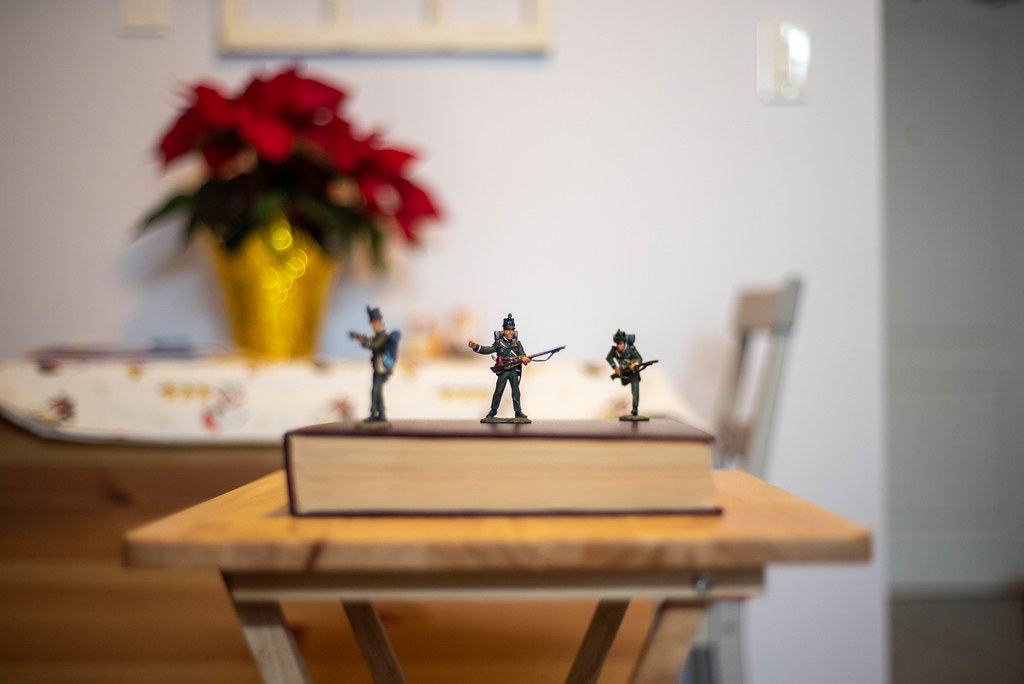
Nikon D750 – AI-S Nikkor 50mm 1:1.8
Nikon D750 – AI-S Nikkor 50mm 1:1.8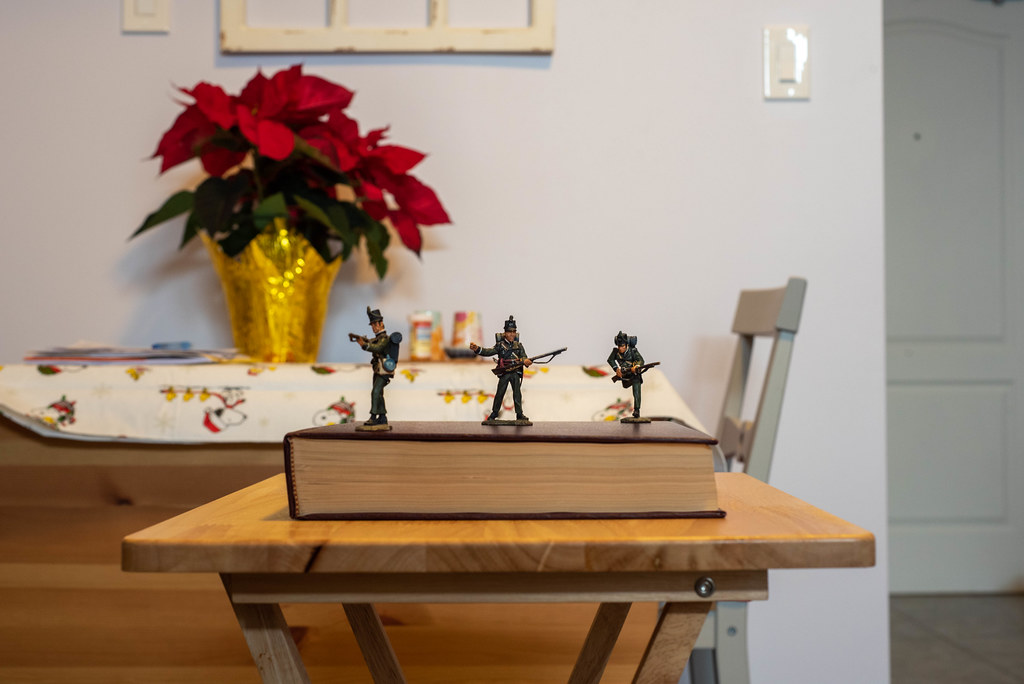
Nikon D750 – AI-S Nikkor 50mm 1:1.8
Nikon D750 – AI-S Nikkor 50mm 1:1.8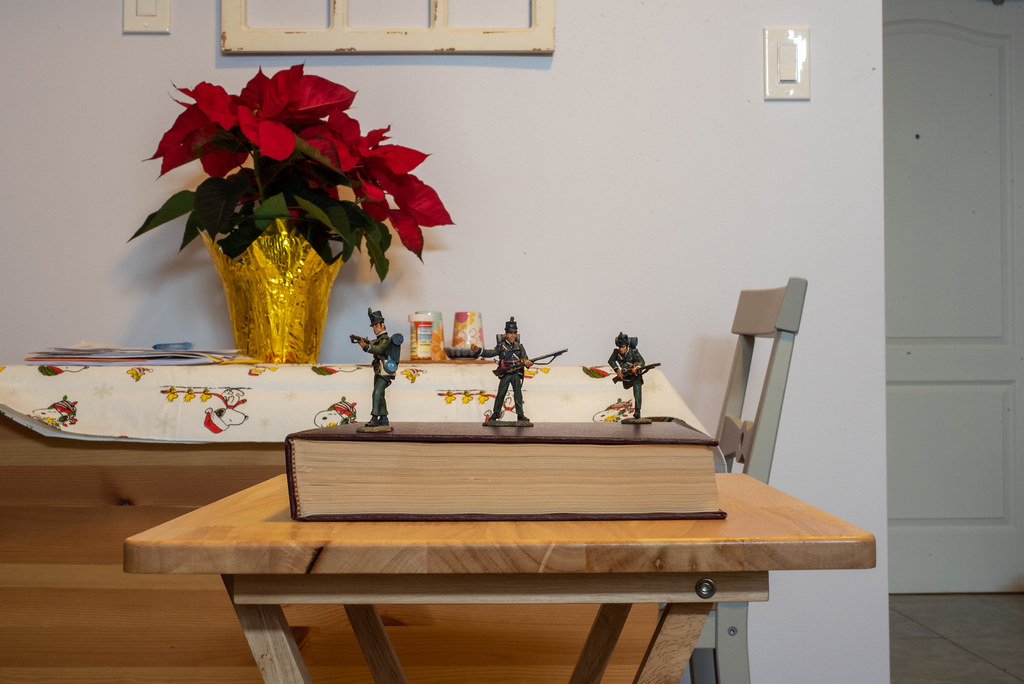
Nikon D750 – AI-S Nikkor 50mm 1:1.8
Image Quality
Despite the small size, the Nikkor 50/1.8 has impressive optical performance. When it comes to visual performance, I can find no flaws. While there is slight barrel distortion, you have to be right at the 60cm mark to see it; anything out from that it’s not noticeable. When you have the lens wide open at f/1.8, there is again slight fall-off at the corners and zero vignetting at the corners. And by the time you stop down to f/2.8 and beyond, that fall-off is gone. When it comes to sharpness, the lens is sharp at any aperture from f/1.8 to f22. However, I found the sweet spot for the lens to run between f/5.6 and f/16. If there is one downside to the lens is that it’s boring, there’s nothing special about the out-of-focus elements or any adjustment to contrast that comes out of the images. It’s an actual general-purpose lens, and it gets the job done and done well without too much flash.


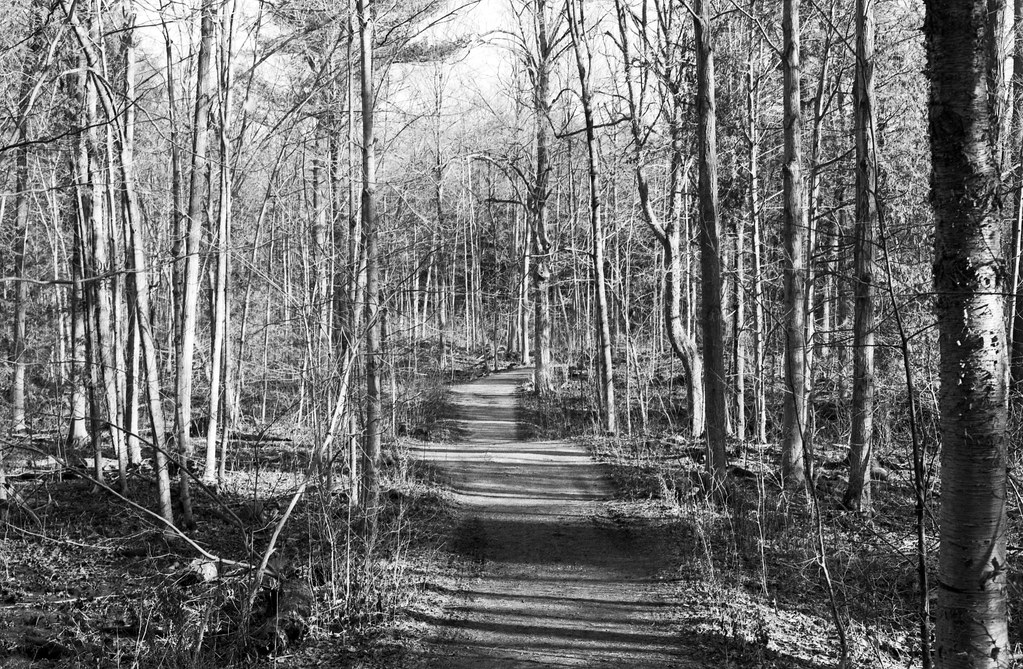


Applications
While I would describe this lens as a general-purpose lens, there are some specific applications for this lens that I can see. The best application for this lens is a compact addition to a camera kit when space and weight are an issue. No matter what camera you mount this on, it takes up very little space, and when paired with one of Nikon small form factor SLRs, it makes them close to being pocketable (especially when you have a coat with big pockets). And given that 50mm focal length, it can be used in almost every situation, but that pancake format lends itself well to travel and street photography. The small size makes the camera less conspicuous to the subject if you’re the type that likes to get candid, more real-world images rather than posed. Having that f/22 aperture and lack of significant distortion lets this lens work well for landscape work when you don’t need a wide-angle. The f/1.8 aperture will allow you to get some excellent low-light job a portrait lens getting excellent subject separation. As for cameras, any Nikon camera that supports AI or AI-S lenses the Nikkor 50/1.8 will work flawlessly and handle film and digital mediums. But the lens does lack the coupling claw, which won’t prevent the lens from working on older cameras that need the claw to allow metering to work; it only means you will have to use an external meter to get that exposure.
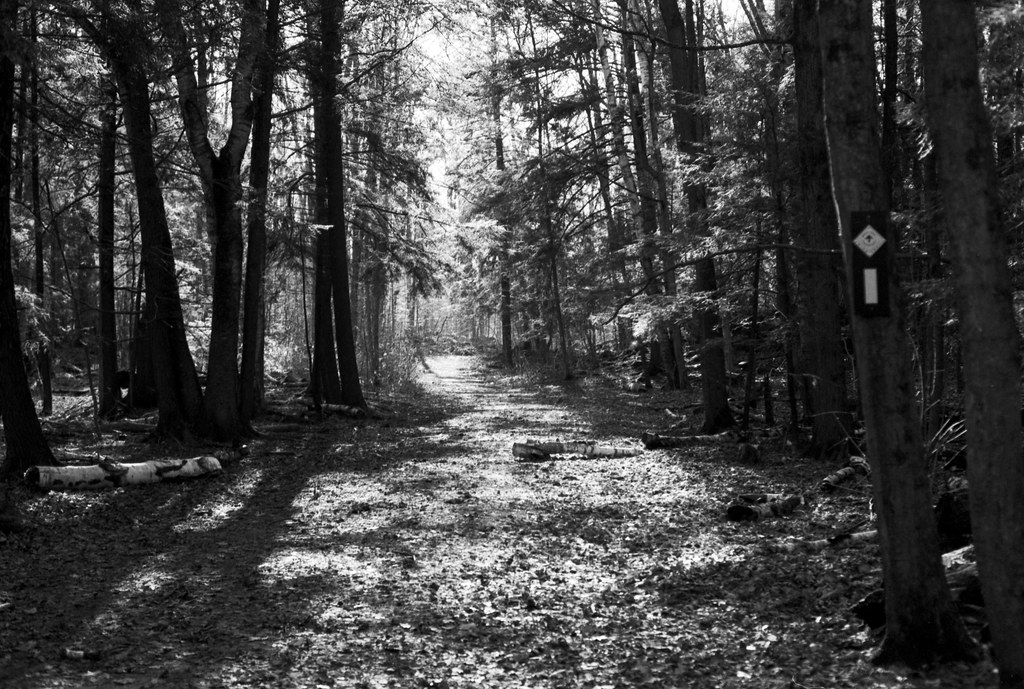




The Low Down
While you can get most 50mm f/1.8 lens from the Nikkor line for a low price on the secondary market, the pancake version will cost a bit more. A quick scan of the used market puts the cost of the lens between 160$ to 250$, depending on condition and location. Now that doesn’t mean you’ll find an outlier, and you may even get one with a camera, such as an FM or FE. This is my second copy of the lens, the first one I sent off to a fellow film photographer. And this lens is now in the hands of my good friends Jess and Jody, who are enjoying it along with the Nikon FM (a perfect pairing). If you’re in the market for a lens with incredible performance and a low profile, the pancake version of the Nikkor 50/1.8 will be a perfect fit and won’t disappoint. And if cost is more of an issue, then pick up the long nose version, it has the exact same optical performance as the pancake version.
Further Reading
Don’t just take my view on the Nikkor 50/1.8, check out these other reviews.
Ken Rockwell – Nikon 50mm f/1.8 AI-s Nikkor Pancake
Happy: Photoblog Arkady Shapoval – Nikon Nikkor 50mm 1: 1.8 (AI-S) Review
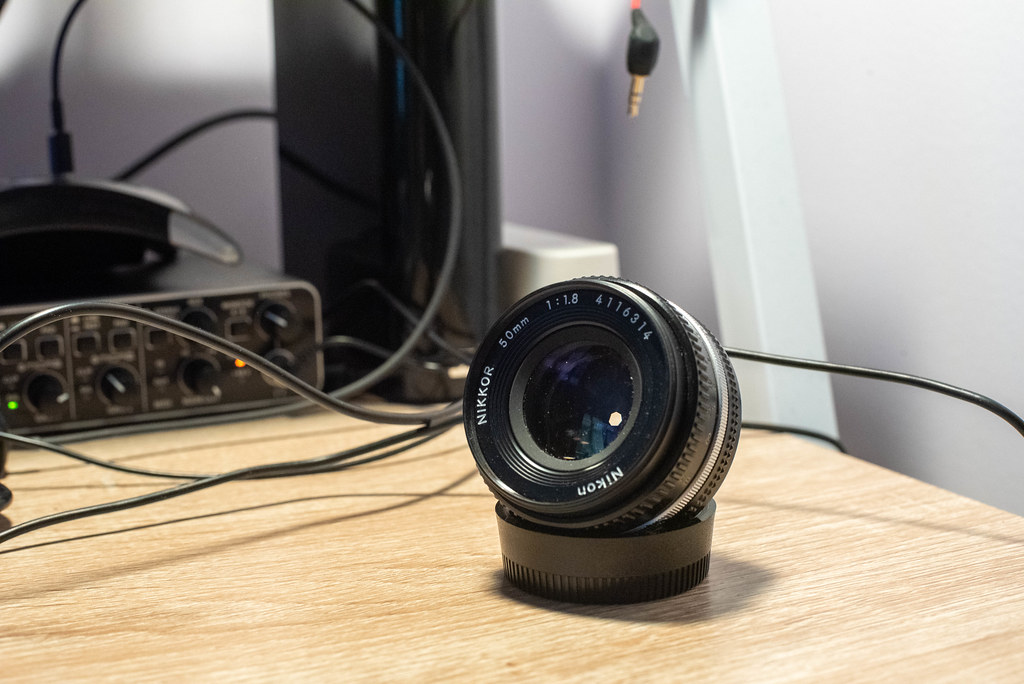
1 Comment